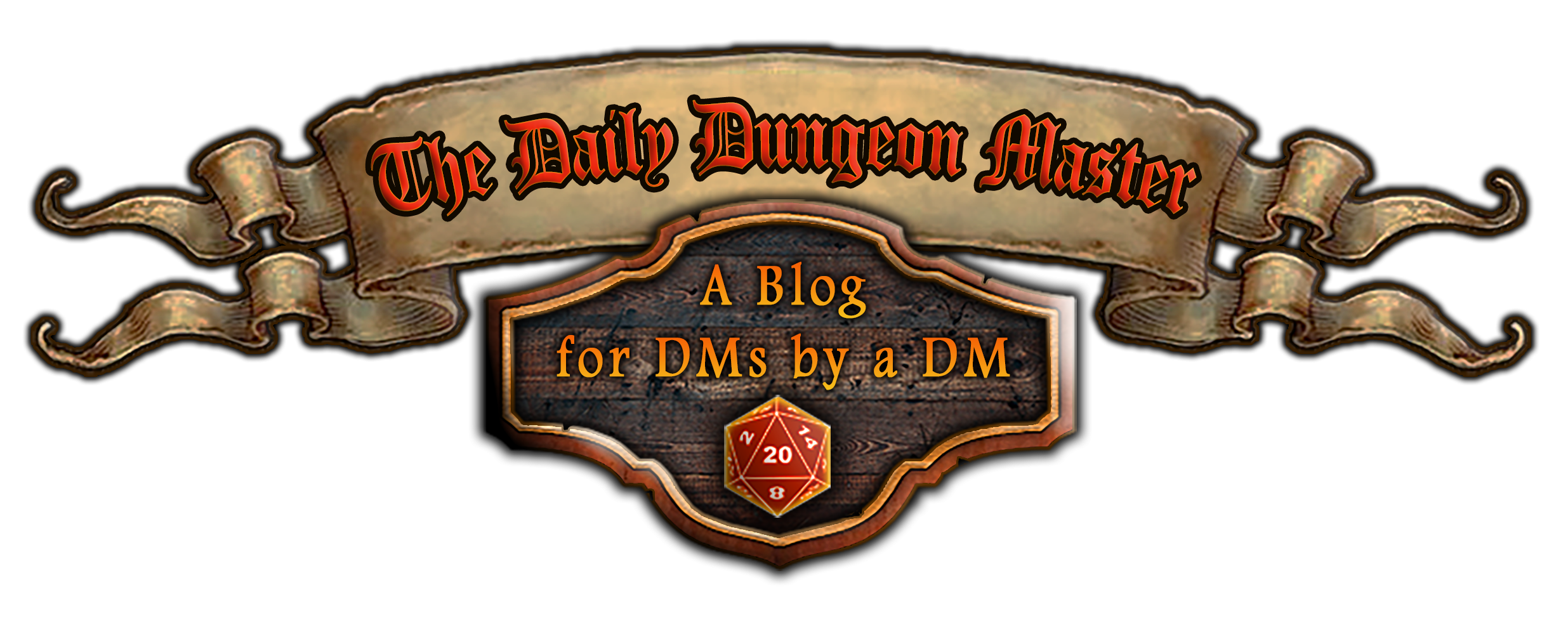Dear Readers, in the world of Dungeons & Dragons, combat encounters often take center stage. From epic battles against fearsome dragons to tense skirmishes with cunning goblin warbands, the thrill of combat is a core aspect of the game. However, D&D offers so much more than just swordplay and spellcasting. In this blog post, we’ll explore the art of incorporating puzzle-solving and roleplaying challenges into your games, adding depth, variety, and excitement to your adventures.
1. The Importance of Variety
Combat encounters are undeniably exciting, but relying solely on combat can lead to a one-dimensional gaming experience. By incorporating puzzle-solving and roleplaying challenges into your games, you can engage your players’ minds as well as their swords. Variety is the spice of life, and it’s essential for keeping your players engaged and entertained over the course of a campaign.
2. Puzzle-solving Challenges
Puzzle-solving challenges are a great way to stimulate your players’ problem-solving skills and encourage teamwork and cooperation among the party members. Here are some tips for incorporating puzzles into your games:
- Theme and Atmosphere: Choose puzzles that fit the theme and atmosphere of your campaign setting. For example, a dungeon filled with ancient traps and riddles might feature intricate mechanical puzzles, while a magical forest might be home to puzzles based on nature and elemental forces.
- Difficulty Level: Consider the skill level and preferences of your players when designing puzzles. Too easy, and they’ll breeze through without feeling challenged. Too difficult, and they may become frustrated and lose interest. Aim for a balance that provides a satisfying challenge without being overwhelming.
- Integration with Story: Integrate puzzles seamlessly into the story of your campaign, tying them to the setting, characters, and plot. For example, a puzzle guarding the entrance to a wizard’s tower might require the players to solve a series of arcane riddles related to the wizard’s research and interests.
- Reward and Consequence: Offer meaningful rewards for successfully solving puzzles, such as treasure, magic items, or valuable information. Conversely, consider the consequences of failure, whether it’s triggering a trap, releasing a dangerous creature, or missing out on valuable resources.
3. Roleplaying Challenges
Roleplaying challenges provide opportunities for your players to step into the shoes of their characters, exploring their personalities, beliefs, and motivations in a meaningful way. Here are some tips for incorporating roleplaying challenges into your games:
- Character Development: Use roleplaying challenges to explore your players’ characters in-depth, allowing them to develop relationships, make moral choices, and confront their fears and flaws. Provide opportunities for character growth and development based on their actions and decisions.
- NPC Interactions: Populate your world with memorable NPCs (non-player characters) that the players can interact with. Use distinct personalities, voices, and mannerisms to bring these NPCs to life, and encourage your players to engage with them in meaningful ways, whether it’s forming alliances, negotiating deals, or unraveling mysteries.
- Social Encounters: Design social encounters that require the players to use persuasion, deception, intimidation, or other social skills to achieve their goals. Whether it’s negotiating a peace treaty between warring factions or infiltrating a noble’s masquerade ball, social encounters offer a welcome change of pace from combat-focused gameplay.
- Moral Dilemmas: Present your players with moral dilemmas and ethical quandaries that force them to wrestle with difficult decisions. Explore themes of justice, mercy, loyalty, and sacrifice, and challenge your players to consider the consequences of their actions on the world around them.
4. Balancing Combat, Puzzles, and Roleplaying
Balancing combat, puzzles, and roleplaying challenges is key to creating a well-rounded and satisfying gaming experience. Here are some tips for striking the right balance:
- Variety: Mix things up by alternating between combat encounters, puzzles, and roleplaying challenges. This keeps the game feeling fresh and prevents any one aspect from becoming stale or repetitive.
- Player Preferences: Pay attention to your players’ preferences and tailor your game accordingly. Some players may prefer combat-heavy gameplay, while others may enjoy the opportunity to flex their puzzle-solving or roleplaying skills.
- Flow and Pace: Consider the flow and pace of your game, balancing slower, more contemplative moments with fast-paced action and excitement. Use pacing techniques like cliffhangers, plot twists, and narrative momentum to keep the players engaged and eager to see what happens next.
- Feedback and Adaptation: Solicit feedback from your players regularly and be willing to adapt your game based on their preferences and experiences. If they’re enjoying a particular aspect of the game, consider incorporating more of it. If they’re feeling overwhelmed or bored, adjust accordingly.
5. Conclusion
Incorporating puzzle-solving and roleplaying challenges into your games can elevate your D&D experience to new heights, providing depth, variety, and excitement for both DMs and players alike. By striking the right balance between combat, puzzles, and roleplaying, you can create a gaming experience that is engaging, immersive, and unforgettable.
So whether you’re navigating ancient ruins, negotiating with rival factions, or unraveling the mysteries of a haunted mansion, remember that D&D offers endless opportunities for adventure and exploration. Embrace the challenge, embrace the roleplay, and above all, embrace the journey.
May your dice roll high, your puzzles be challenging yet solvable, and your roleplaying moments be filled with drama and excitement. Happy adventuring!
Until next time, Dear Readers…
P.S. – I am currently in the process of moving, so my responses to comments will be delayed some until the move is finished. But that said, I still welcome your comments, questions, and suggestions!
P.P.S. – Apparently, the ability/function to subscribe via email was disabled for some reason? That’s been fixed and you can now subscribe via email!
Discover more from The Daily Dungeon Master Blog
Subscribe to get the latest posts to your email.

